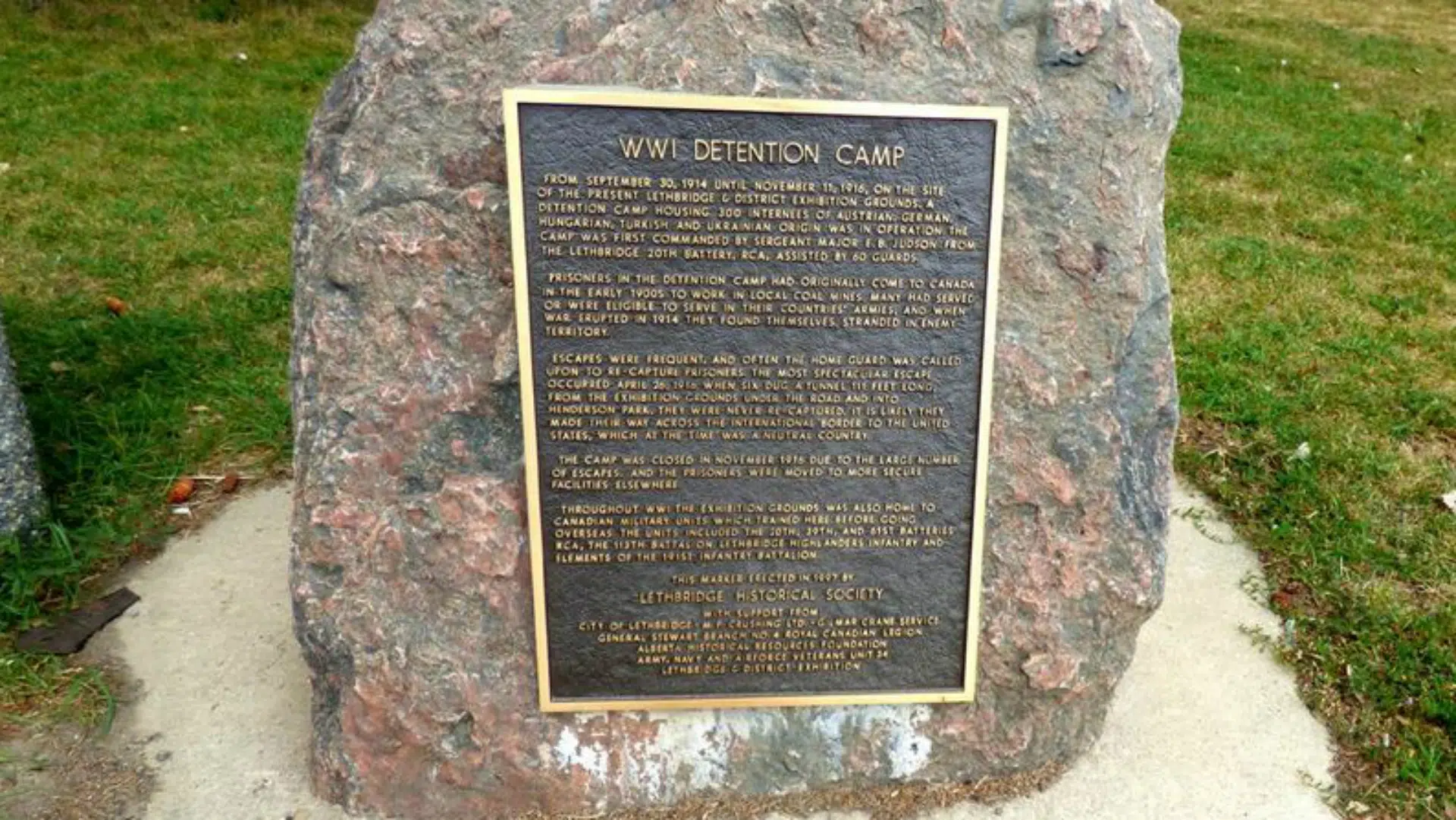
11 Days of Remembrance: Enemy Aliens – WW1 Internment Camp in Lethbridge
LETHBRIDGE – The culture of fear during times of war tends to bring out a dark side in human nature.
This was no exception for the internment camp used in Lethbridge during the First World War.
Due to Canada’s declaration of war in August 1914 Canadian citizens and immigrants with German, Austrian, Hungarian and Turkish decent who had freely settled in Canada became the black sheep in southern Alberta. The World War One camp located at Lethbridge’s Exhibition Park Fair Grounds, operated between Sept. 30, 1914 and Nov. 11, 1916. A poultry barn was used to hold prisoners and featured barbed wire to keep the ‘enemy’ and enemy sympathizers contained.
At its peak in mid-1915, the Lethbridge Detention Camp held 300 prisoners and employed 60 guards.


